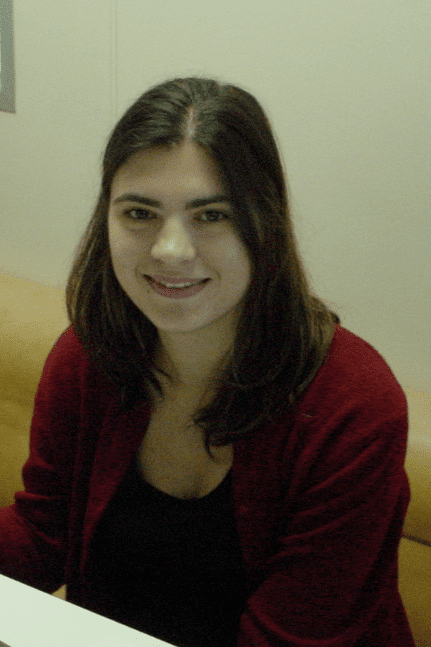Nationality Australian Alma mater University of Sydney | Name Maria Seton Fields Geology | |
 | ||
Institutions The University of Sydney Notable awards Dorothy Hill Award (2014) | ||
Maria Seton (nee Sdrolias) is an Australian geologist in the Faculty of Science EarthByte Group School of Geosciences at the University of Sydney. Maria's research is in the field of geophysics and geodynamics. Her main focus is the link between plate tectonic and mantle processes. Maria also works on kinematic controls on subduction and back-arc basin formation and the relationship between tectonics and palaeo-climate
Contents
- Subduction and Back arc Basin
- SW Pacific and Philippine Sea tectonics
- Collaborative projects
- Sandy Island enigma
- References

Subduction and Back-arc-Basin
Maria has recently updated the palaeo subduction and back-arc basin parameters. This important data was visualised in a new grid map available online. One of the main achievements of this work is the correlation made between the age of the subducting oceanic lithosphere and the intermediate dip of the slab. Related to the subduction survey, back-arc-basins were studied, and their occurrence was correlated to the age of subducting oceanic lithosphere.
SW Pacific and Philippine Sea tectonics
Maria had surveyed the SW Pacific ocean and collected important new bathymetry, gravity and magnetic data from the FAUST2 cruise she had participated in. She published the results concerning the spreading history in the inactive back-arc basins in The Australian Plate GSA Special Volume. Maria examined the rotation history of the Philippine Sea plate as well
Collaborative projects
Maria is involved a collaborative work on the creation of the new agegrid as well as palaeo-agegrids. Another collaborative work she is involved with is the modelling the palaeoenvirnoment and palaeoclimate of the Southern Ocean during the past 40 million years.
Sandy Island enigma
In one of her research cruises through the south pacific, Maria realised that an island charted in Google Earth and scientific maps in fact does not exist. A close investigation exposed a mistake that was made by sailors in the 19th century, erroneously said to be discovered in present days by Dr. Seton and colleagues. Sandy Island was removed from the official French hydrographic charts by the French Hydrographic Service in 1974 after a flying recognition campaign and by AHS in 1985. The information about the status of the phantom island was passed on to other national hydrographic services around the world, but Sandy Island remained in global coastline and bathymetry compilations used by the scientific community and was still there when the R/V Southern Surveyor sailed toward the Coral Sea in October 2012.
